I hope the pumpkins are carved, the costumes are ready and you’re looking forward to going trick and treating with your host children.
Happy Halloween!
Halloween, what is it all about?
Halloween is celebrated across the United States on October 31st. Not all, but most families will participate in some aspect of the Halloween holiday traditions. This may be a new experience for you so It is a good idea to talk to your host family ahead of time and find out how they celebrate.
Like many other holidays, Halloween has changed throughout history. Over 2,000 years ago people called the Celts lived in what is now Ireland, the UK, and parts of Northern France. November 1 was their New Year’s Day. They believed that the night before the New Year (October 31) was a time when the living and the dead came together.
More than a thousand years ago the Christian church named November 1st All Saints Day. This was a special holy day to honor the saints and other people who died for their religion. The night before All Hallows was called Hallows Eve. Later the name was changed to Halloween.
Like the Celts, the Europeans of that time also believed that the spirits of the dead would visit the earth on Halloween. They worried that evil spirits would cause problems or hurt them. So on that night people wore costumes that looked like ghosts or other evil creatures. They thought if they dressed like that, the spirits would think they were also dead and not harm them.
The tradition of Halloween was carried to America by the immigrating Europeans. Some of the traditions changed a little, though. For example, on Halloween in Europe some people would carry lanterns made from turnips. In America, pumpkins were more common. So people began putting candles inside them and using them as lanterns. That is why you see Jack ‘o lanterns today.
These days Halloween is not usually considered a religious holiday. It is primarily a fun day for children. Children dress up in costumes like people did a thousand years ago. But instead of worrying about evil spirits, they go from house to house. They knock on doors and say “trick or treat.” The owner of each house gives candy or something special to each trick or treater.


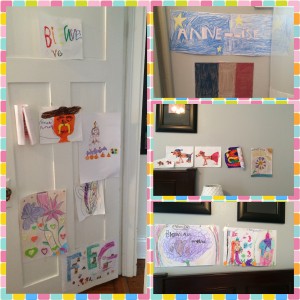
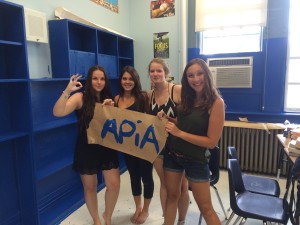

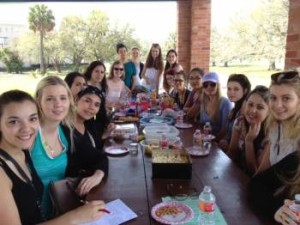
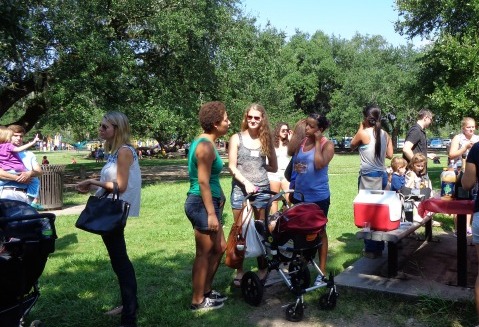
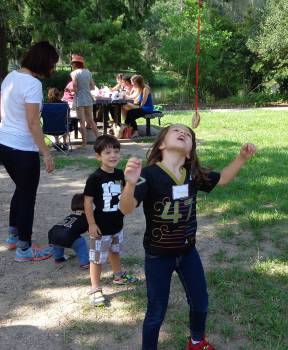
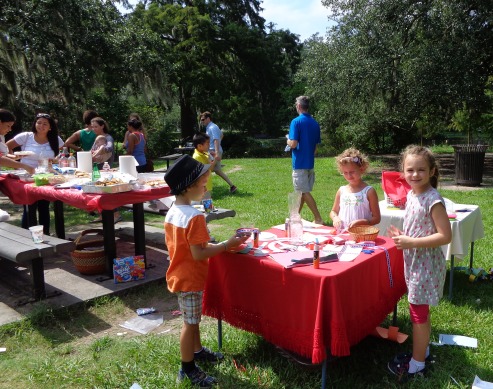

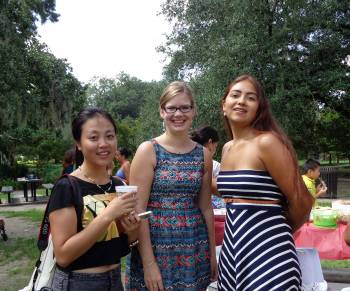
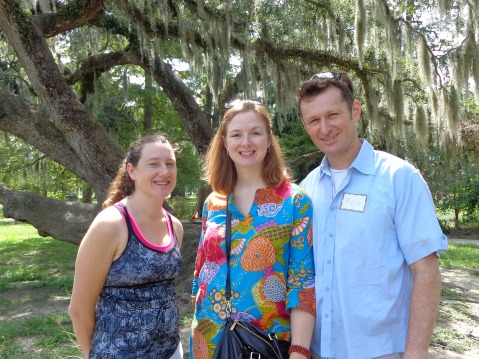
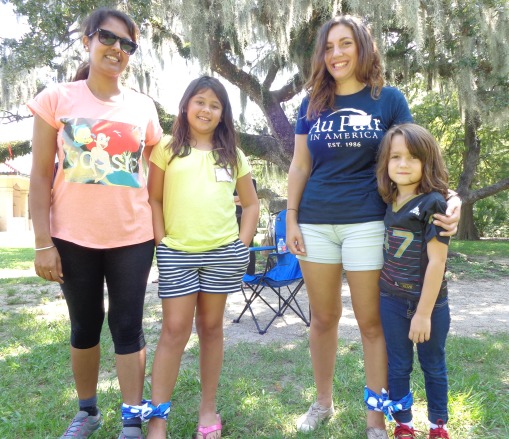

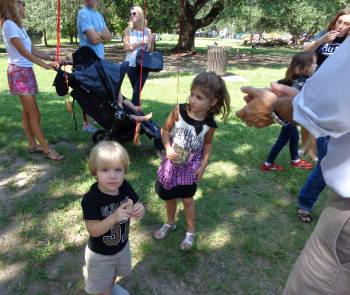

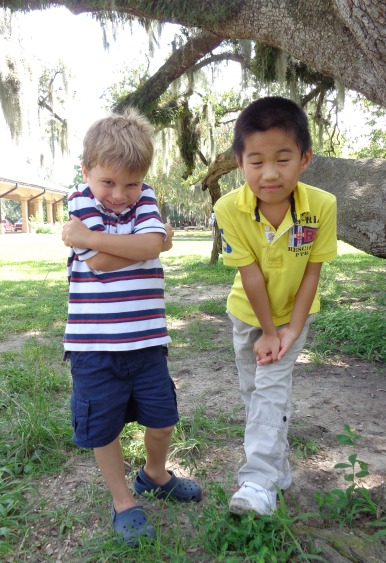
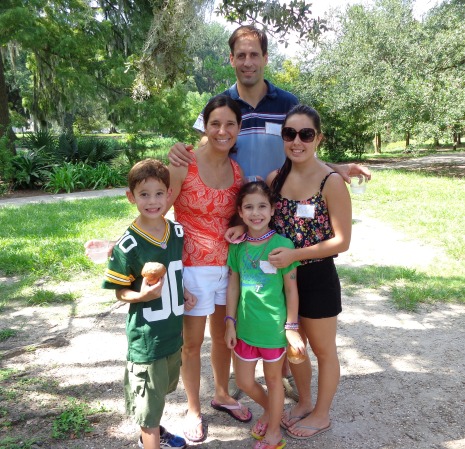
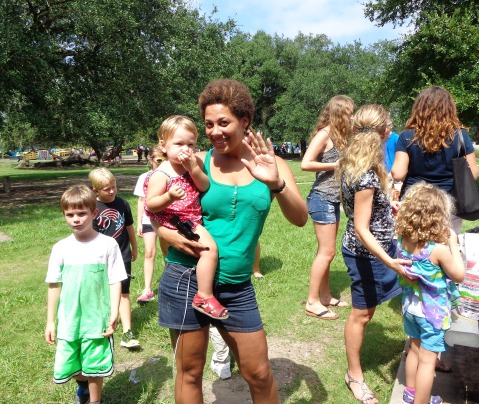
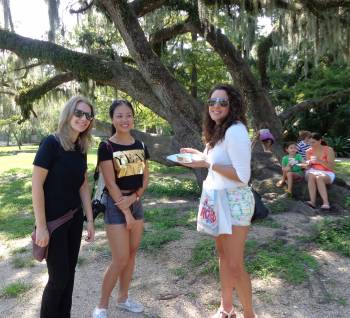

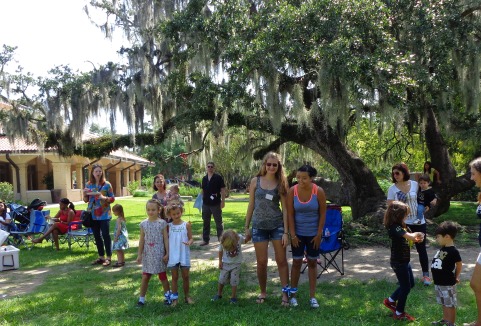


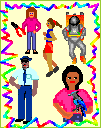





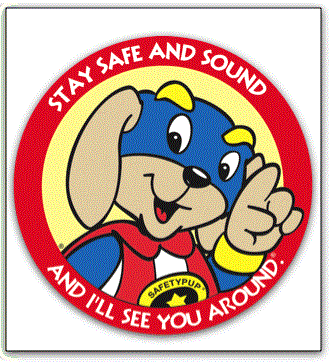
 Many children in our cluster have already started school and the rest will start it shortly. To ease the transition, it’s important for host parents and au pairs to discuss changes in schedules, duties, and routines.
Many children in our cluster have already started school and the rest will start it shortly. To ease the transition, it’s important for host parents and au pairs to discuss changes in schedules, duties, and routines. Known as the Fourth of July and Independence Day, July 4th has been a federal holiday in the United States since 1941, but the tradition of Independence Day celebrations goes back to the 18th century and the American Revolution (1775-83). In June 1776, representatives of the 13 colonies then fighting in the revolutionary struggle weighed a resolution that would declare their independence from Great Britain. On July 2nd, the Continental Congress voted in favor of independence, and two days later its delegates adopted the Declaration of Independence, a historic document drafted by Thomas Jefferson. From 1776 until the present day, July 4th has been celebrated as the birth of American independence, with typical festivities ranging from fireworks, parades and concerts to more casual family gatherings and barbecues.
Known as the Fourth of July and Independence Day, July 4th has been a federal holiday in the United States since 1941, but the tradition of Independence Day celebrations goes back to the 18th century and the American Revolution (1775-83). In June 1776, representatives of the 13 colonies then fighting in the revolutionary struggle weighed a resolution that would declare their independence from Great Britain. On July 2nd, the Continental Congress voted in favor of independence, and two days later its delegates adopted the Declaration of Independence, a historic document drafted by Thomas Jefferson. From 1776 until the present day, July 4th has been celebrated as the birth of American independence, with typical festivities ranging from fireworks, parades and concerts to more casual family gatherings and barbecues.